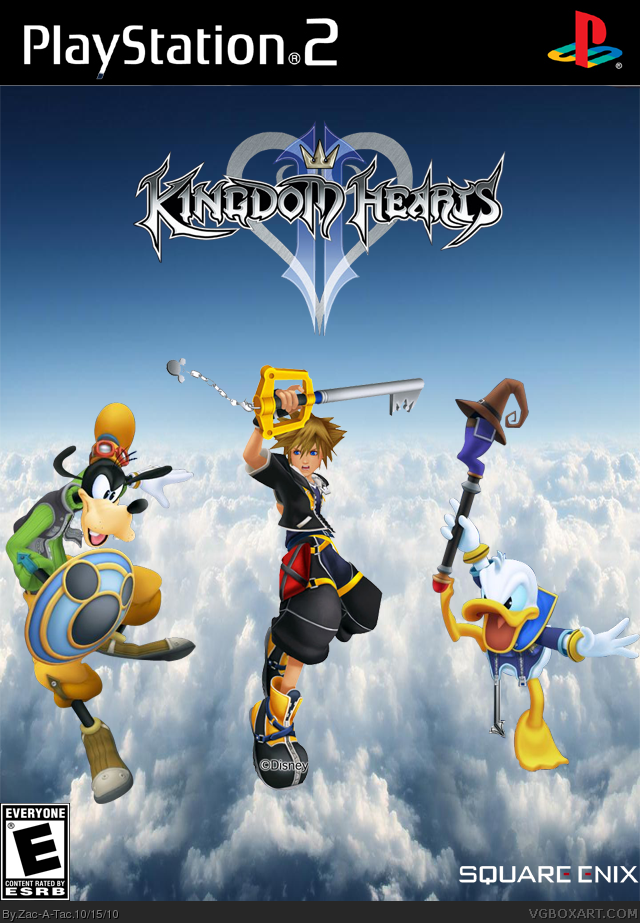

While the maximum number of polygons the system can generate is 75 million polys a second (66 million a second to be on the cautious side), obviously that number will drop dramatically when you throw textures, lighting, and filtering into the mix.

#Ps2 to heart 2 movie#
With the amount of polygons and textures that the system can crank out a second with all of the system's effects in place, we could see worlds that could equal what was in use in the movie Toy Story. The main CPU, in combination with the graphics synthesizer, has enough power to equal or rival some of the power of workstations being employed at CG development studios. So how does this all break down to real-world, gameplay power? Interface Types: IEEE1394, Universal Serial Bus (USB).Clock Frequency: 33.8 MHz or 37.5 MHz (selectable).Sampling Frequency: 44.1 KHz or 48 KHz (selectable).Number of voices: ADPCM: 48 channel on SPU2 plus definable by software.Maximum Polygon Rate: 75 Million Polygons Per Second.

Pixel Configuration: RGB:Alpha:Z Buffer (24:8:32).3D CG Geometric Transformation: 66 million Polygons Per Second.Vector Units: VU0 and VU1 (Floating Point Multiply Accumulator x 9, Floating Point Divider x 1).Co-Processor: FPU (Floating Point Multiply Accumulator x 1, Floating Point Divider x 1).Memory Bus Bandwidth: 3.2 GB per second.From the official release issued by Sony Computer Entertainment, here are the official system technical specifications.


 0 kommentar(er)
0 kommentar(er)
